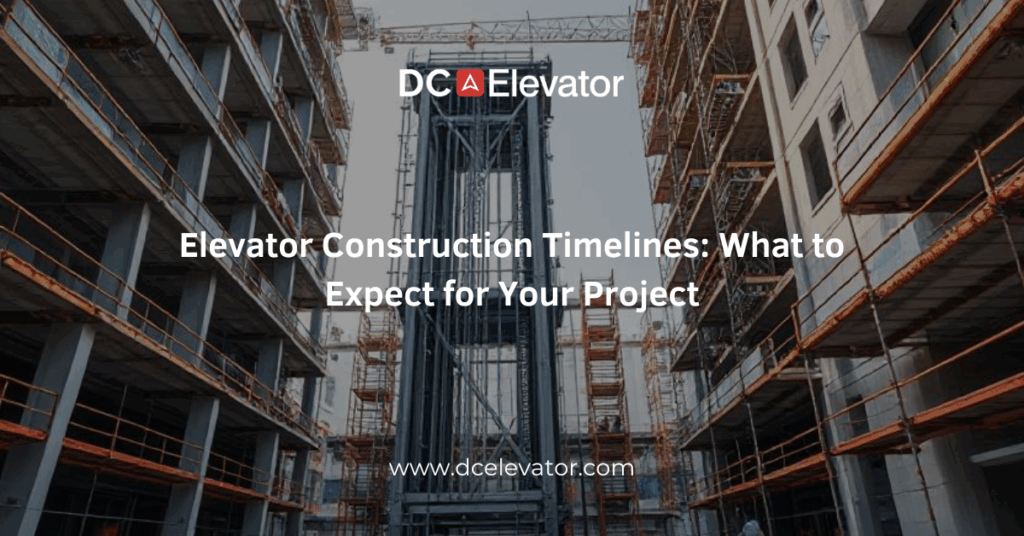How long does it take to build and install an elevator? If you’re managing a new construction project or overseeing a facility upgrade, this question is likely at the top of your list. The truth is: elevator construction timelines vary widely depending on the building type, system specifications, and coordination among trades.
For general contractors, project managers, and property owners, understanding the elevator construction timeline is critical for setting realistic expectations, avoiding costly delays, and ensuring timely occupancy. Elevators are a major component of building infrastructure, and their installation can impact the entire construction schedule.
This blog provides a practical look at what to expect during elevator construction—from pre-installation planning to final inspection—and how to keep your timeline on track.
Planning Phase: Setting the Stage (1–3 Months)
Elevator construction begins long before the first piece of equipment is delivered. During the planning phase, key decisions are made regarding elevator type, capacity, and location. This phase includes:
-
Design coordination with architects and engineers
-
Code compliance review and permitting
-
Ordering equipment and scheduling delivery
Depending on the complexity of the project and jurisdiction, the planning phase can take anywhere from a few weeks to several months. It’s essential to engage an experienced elevator contractor early to ensure system design aligns with both building codes and construction goals.
Construction & Hoistway Prep (2–6 Months)
The elevator hoistway (shaft) is typically built as part of the core structure of the building. This stage includes:
-
Constructing the hoistway to specification
-
Installing pit supports and machine room infrastructure
-
Ensuring proper clearance and access
During this time, other trades—like structural, electrical, and HVAC—must coordinate closely to avoid conflicts that can delay elevator installation. Elevators require dedicated spaces for controllers, power supply, and ventilation, which need to be accounted for early.
Installation of Elevator Equipment (4–10 Weeks)
Once the hoistway is ready and equipment has arrived on-site, the elevator installation begins. Key steps include:
-
Installing guide rails, car frames, and counterweights
-
Wiring and testing electrical systems
-
Installing door systems, controllers, and safety features
For a standard low- to mid-rise elevator, this phase typically lasts 1 to 2 months. However, high-rise or custom elevators may take longer depending on complexity and site conditions.
Inspections, Testing & Final Approval (2–4 Weeks)
No elevator can go into service without passing a series of tests and inspections, including:
-
Code compliance testing
-
Fire and safety system integration
-
State or local authority inspections
Scheduling and passing inspections can add anywhere from a few days to several weeks to the project timeline. Working with a contractor experienced in local codes can help streamline this process.
Common Timeline Challenges
Delays in elevator projects often stem from:
-
Late equipment delivery due to supply chain issues
-
Incomplete or incorrect hoistway construction
-
Scheduling conflicts between trades
-
Permit or inspection delays
Being proactive and involving your elevator contractor in early project meetings can reduce the risk of these common setbacks.
Conclusion & Call to Action
Elevator construction timelines are influenced by numerous factors, from design and permitting to installation and inspection. Understanding each phase and allowing ample time for coordination ensures your project stays on schedule and within budget.
If you’re preparing for an elevator installation or want to better understand the process for your upcoming project, our team can help.
Contact us to discuss your elevator construction needs—we’ll provide realistic timelines, expert coordination, and reliable service from planning to final approval.
